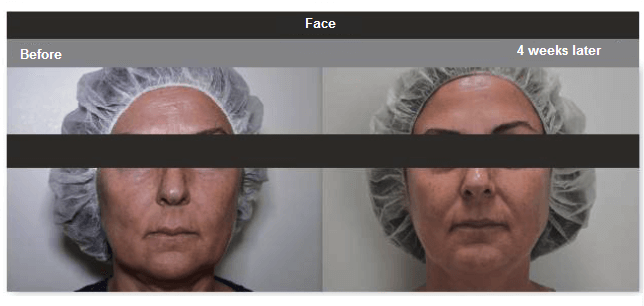Nowadays, there are a great number of possibilities towards getting that youthful glow for your skin. From the most complicated of plastic surgeries, to a simple facelift or chemical peel - you can find about a hundred options that one can choose from to remove dead skin cells and obtain gone that old, wrinkled turn to give your spirits a good start and your morale a lift.
1. Skin Damage
When we venture out and get exposed to sunlight, the outer layer of the skin we have gets damaged and dead skin cells remain embedded on our skin, caused by the dirt that gets stuck to the pores. Thus, once we grow old, the skin looks more dull and lifeless. Once you add the acne scars, freckles and other facial blemishes, you really would like to have an option to revive that youthful glow that only celebrities seem to exude on screen, regardless of how old or young they are.
2. What Is A Chemical Peel?
If you wouldn't normally like to go for the surgical and much more complicated procedures such as for example face lift and plastic surgery, chemical peel is surely an option for you. There are Find more information of chemical peel you could choose from, depending your individual need and skin type. Basically, a chemical peel is a procedure wherein the dead skin cells and the damaged outer layers of your skin are removed. There's that chemical word in the term just because a chemical solution is used to smoothen or even out the texture of the skin. Eventually, the chemical applied causes the skin to peel from the lime, hence the word chemical peel. This is typically done on the facial skin, neck or hands. The procedure also enhances your overall look by detatching the damaged outer skin layers. This is applicable and recommended for people with uneven skin tones, for people with wrinkles and facial scars from pimple/acne, and for people who just need to enhance their skin texture.
3. Mild Peel
This procedure removes the superficial skin layer. This can be the most skin-friendly type of peel and may be performed on all skin types. It really is used to take care of simple acne and pimple scars and uneven skin pigmentation. The chemical peel involves a dilute acid solution, which normally stays on the skin for a couple minutes. Following the chemical has been applied, your skin is neutralized with water, then the solution is wiped off. This sort of peeling procedure produces a light peel, and will result to a smoother and brighter-looking skin and improved skin texture.
4. Medium Peel
This procedure goes a little beyond the superficial layer of your skin. After the treatment, the individual undergoing the procedure will experience a sun-burned look and the skin might look chafed. The chemical solution stays longer on the skin, in comparison with mild peels. This is applicable for people with more sun-damaged skin types, and may treat wrinkles and uneven skin pigmentation.
5. Deep Peel (RARELY USED)
In comparison with the mild and medium-depth peel, the chemical used for this kind of peeling goes through several skin layers. This can treat more pronounced skin pigmentations and wrinkles, as well as pre-cancerous growths. Moreover, it has more medical complications and considerations so it is better to consult a medical professional before undergoing a deep chemical peel. The task will definitely take a longer time, about a lot more than an hour, for the chemical applied on the affected skin to take effect. However, the outcomes are more glaring than the first two types.

Following the treatment, whether you choose to get a mild, medium-depth or deep peel, the one who underwent the procedure will experience redness of the skin. This will be followed by scaling, then peeling. The amount of days that the skin will peel depends on the strength of the procedure. It is also vital that you avoid sun exposure after undergoing the chemical peel procedure. Finally, it will always be good to consult a medical professional before undergoing any procedure, to be on the safe side. It is best to learn every detail concerning the treatment that you would like to undergo, in order that you would know how your skin layer will be treated and what to expect right after the treatment.
